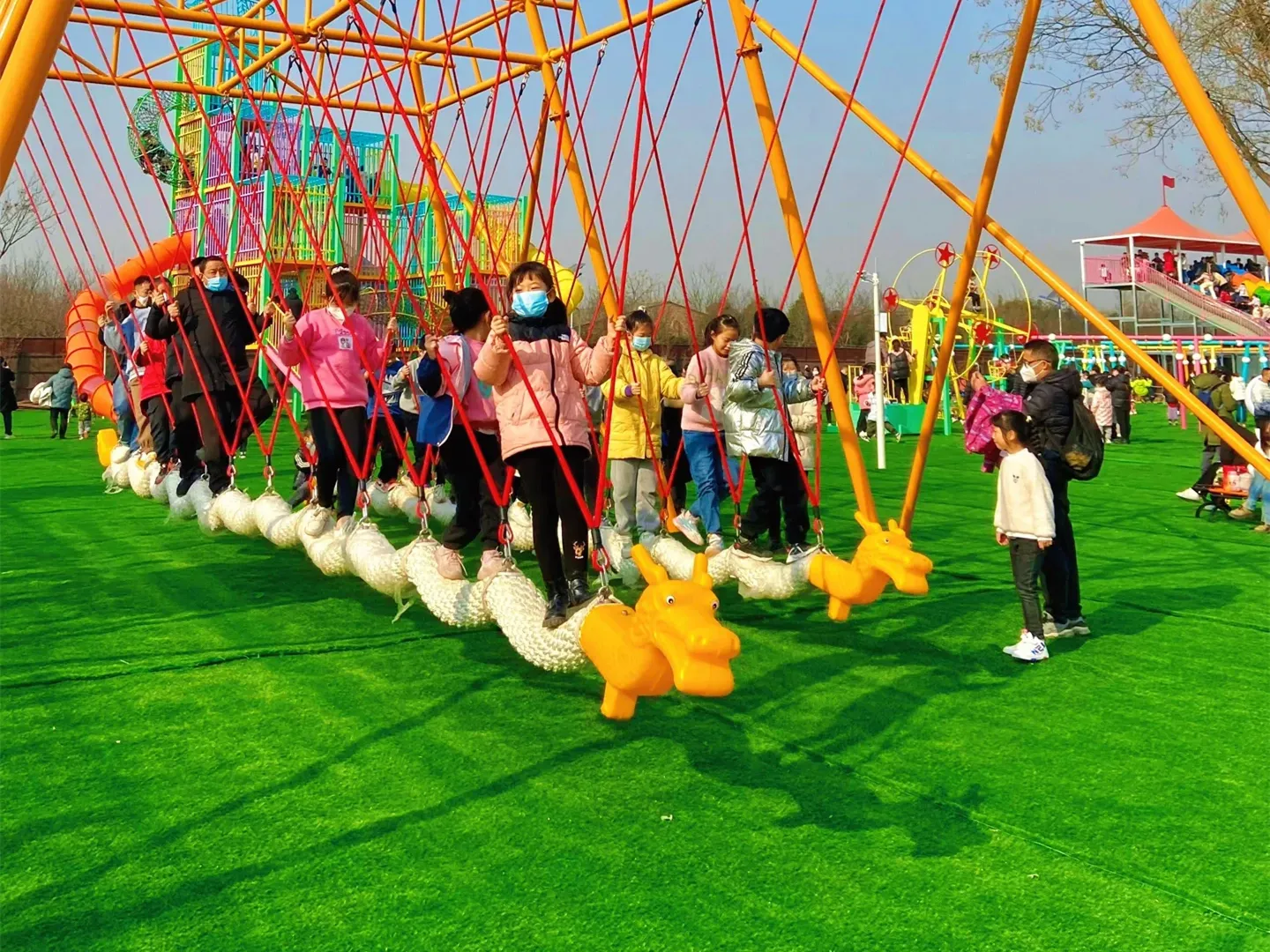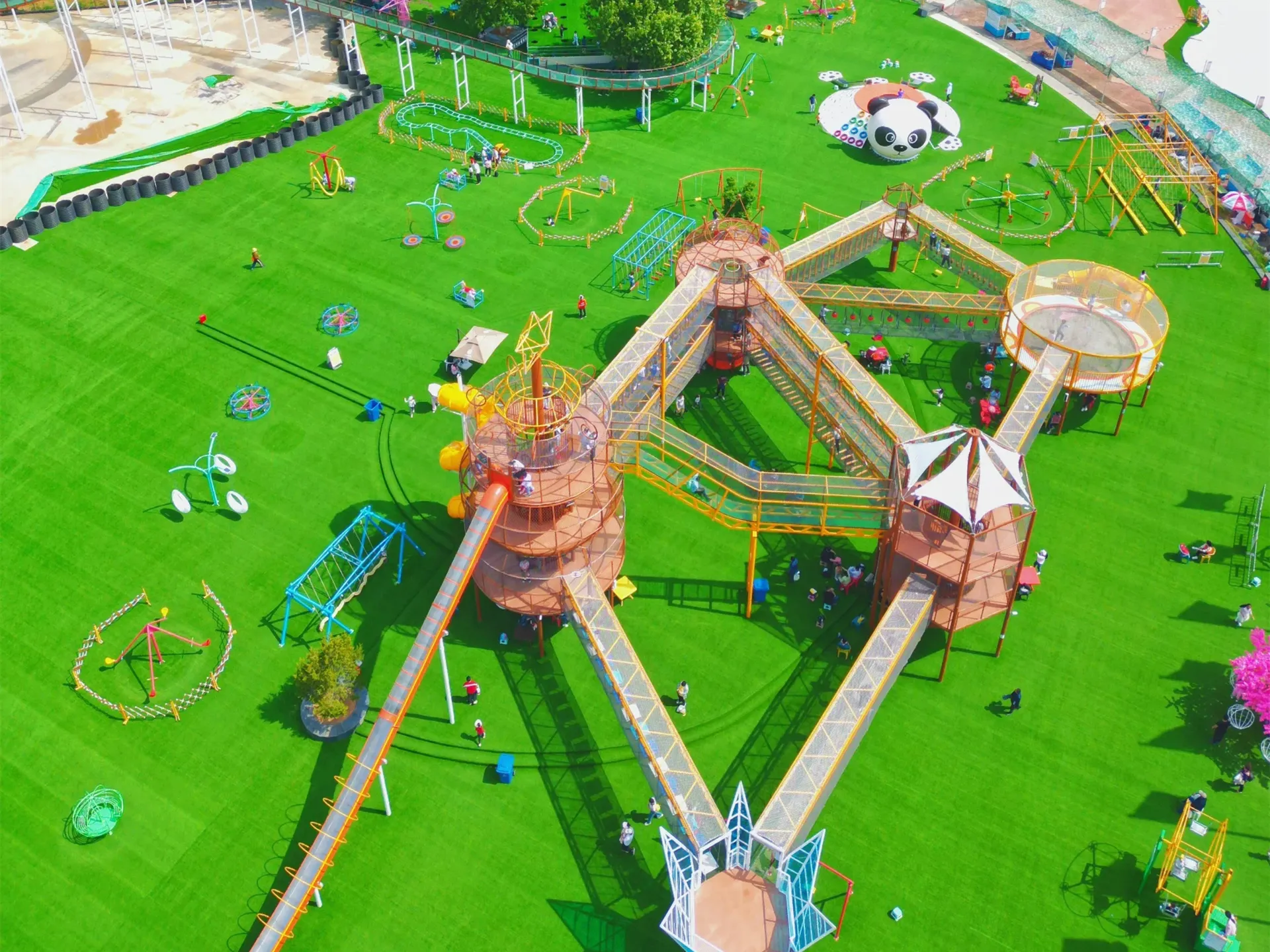
- ອາຟຣິກາ
- ອາຣັບ
- ເບລາຣຸດ
- ເບັງກາລີ
- ເຊັກ
- ເດັນມາກ
- ໂຮນລັງ
- ພາສາອັງກິດ
- ເອສເປີຣັນໂຕ
- ເອສໂຕເນຍ
- ຟິນແລນ
- ຝຣັ່ງ
- ເຢຍລະມັນ
- ກຣີກ
- ບໍ່
- ຮັງກາຣີ
- ໄອສແລນຕິກ
- ອິນໂດເນເຊຍ
- ໄອແລນ
- ອິຕາລຽນ
- ພາສາຍີ່ປຸ່ນ
- ຄາຊັກ
- ຣູວັນດາ
- ເກົາຫຼີ
- ກີຈີສ
- TB
- ລາຕິນ
- ລັດເວຍ
- ມາເລ
- ມົງໂກລີ
- ມຽນມາ
- ນໍເວ
- ເປີເຊຍ
- ໂປໂລຍ
- ພາສາປອກຕຸຍການ
- ໂຣມາເນຍ
- ພາສາລັດເຊຍ
- ເຊີເບຍ
- ແອສປາໂຍນ
- ຊູແອັດ
- ພາສາຕາກາລັອກ
- ທາຈິກ
- ໄທ
- ຕວກກີ
- ເຕີກເມັນ
- ອູແກຣນ
- ພາສາອູດູ
- ອູຍເກີ
- ອຸສເບກ
- ຫວຽດນາມ
Enhancing Play Areas with Synthetic Turf For Playground
ມ.ຖ. . 09, 2025 10:36 ກັບໄປທີ່ລາຍຊື່
Playgrounds and outdoor recreational spaces are evolving, with more families and communities turning to artificial grass for play area installations and backyard turf solutions. These synthetic surfaces offer durability, safety, and low maintenance compared to natural grass. Whether for public playgrounds or residential gardens, synthetic turf for playground applications is revolutionizing how we design play environments. This article explores the benefits, safety considerations, and environmental impact of using artificial turf for playground and residential spaces, providing insights for parents, designers, and homeowners.

The Benefits of Artificial Grass for Play Area
Artificial grass for play area installations has become a popular choice for schools, parks, and homes. Unlike natural grass, synthetic surfaces remain lush and green year-round, regardless of weather conditions. This consistency ensures that play areas are always accessible, reducing downtime after rain or heavy use. Additionally, backyard turf eliminates mud and puddles, creating a cleaner environment for children to play.
One of the standout advantages of synthetic turf for playground is its durability. High-quality materials withstand heavy foot traffic, UV exposure, and extreme temperatures, ensuring longevity. For families, this means fewer replacements and lower long-term costs. Moreover, modern artificial turf for playground designs incorporate shock-absorbing underlays, enhancing safety by reducing injury risks from falls.
Safety Features of Synthetic Turf for Playground
Safety is a top priority in play area design, and synthetic turf for playground excels in this regard. Traditional surfaces like concrete or gravel pose significant injury risks, but artificial grass for play area systems are engineered with child safety in mind. The cushioned surface minimizes impact, making it ideal for climbing structures, swings, and slides.
Many artificial turf for playground products are non-toxic and free from harmful chemicals, addressing concerns about children’s exposure to unsafe materials. Additionally, the even surface reduces tripping hazards, a common issue with uneven natural grass or mulch. For residential applications, backyard turf can be paired with proper drainage systems to prevent water accumulation, further enhancing safety.

Environmental Impact of Backyard Turf and Artificial Grass
Critics often question the environmental sustainability of synthetic surfaces, but advancements in artificial grass for play area technology have addressed many concerns. Modern backyard turf products are often made from recycled materials, reducing landfill waste. Additionally, synthetic lawns conserve water, a critical benefit in drought-prone regions.
ໃນຂະນະທີ່ synthetic turf for playground doesn’t support biodiversity like natural grass, its low-maintenance nature reduces the need for pesticides, fertilizers, and gas-powered lawn equipment. This trade-off can be worthwhile for urban areas where water conservation and reduced chemical use are priorities. Proper disposal and recycling programs for old turf further mitigate environmental impact.
Maintaining Artificial Turf for Playground and Residential Use
Maintenance is a key factor driving the adoption of backyard turf and artificial grass for play area. Unlike natural grass, synthetic surfaces require no mowing, watering, or weeding. Occasional rinsing and brushing are sufficient to keep the turf clean and upright. For high-traffic playgrounds, infill materials like silica sand or rubber crumbs may need replenishing over time.
Stains from spills or organic matter can be easily cleaned with mild detergents, ensuring the synthetic turf for playground retains its aesthetic appeal. Homeowners with pets can opt for pet-friendly backyard turf designs with enhanced drainage and odor-control features.
Artificial turf for playground FAQS
What Makes Artificial Turf for Playground Safer Than Natural Grass?
Artificial turf for playground is designed with shock-absorbing layers that reduce injury risks from falls. Unlike natural grass, which can become uneven or muddy, synthetic surfaces provide consistent cushioning and traction.
How Long Does Backyard Turf Last?
High-quality backyard turf typically lasts 8–15 years, depending on usage and maintenance. UV-resistant fibers and durable backing ensure longevity even in harsh weather conditions.
Is Synthetic Turf for Playground Environmentally Friendly?
Modern synthetic turf for playground often uses recycled materials and conserves water. While it doesn’t support ecosystems like natural grass, it reduces chemical use and carbon emissions from lawn care.
Can Artificial Grass for Play Area Handle Heavy Rain?
Yes. Properly installed artificial grass for play area includes drainage systems that prevent water pooling. This makes it usable shortly after rainfall.
Does Backyard Turf Get Hot in Summer?
Backyard turf can retain heat in direct sunlight, but lighter-colored turf and cooling infills mitigate this. Watering the surface briefly can also reduce temperature.
The adoption of artificial grass for play area, artificial turf for playground, backyard turf, and synthetic turf for playground reflects a shift toward safer, more sustainable outdoor spaces. These surfaces offer durability, low maintenance, and enhanced safety while addressing environmental concerns through water conservation and recycled materials. Whether for public parks or residential gardens, synthetic turf provides a practical and long-lasting solution for modern play areas.
-
Understanding Artificial Plant Grass Costs and Uses
ຂ່າວJun.09,2025
-
A Perfect Garden Solution About Pet-Friendly Artificial Grass
ຂ່າວJun.03,2025
-
The Rise of Artificial Grass in Modern Football Infrastructure
ຂ່າວMay.30,2025
-
The Rise of Artificial Turf in Modern Football and Soccer Fields
ຂ່າວMay.30,2025
-
Transforming Your Living Space: The Beauty of Artificial Grass for Your Home
ຂ່າວMay.29,2025
ປະເພດຜະລິດຕະພັນ









